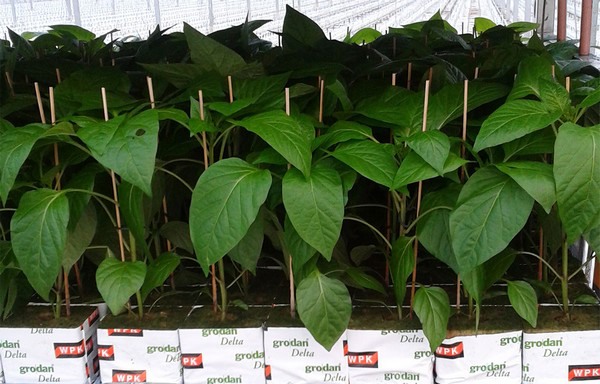Although your plants may have been checked for pests and even treated with pesticides during propagation, there may still be one or two unwanted visitors when they arrive on site. Transplanting provides a good opportunity to check each plant individually, as it is placed in its growing position, and take control of any pests before they multiply.
When the young plants are packed, before spending a day or two in transit, any pests present - such as aphids, thrips, and spider mites - can become dislodged and spread out onto other plants. This means when the plants are placed in their final position, the outbreak may be spread across a wider area than just a few plants. It is recommended that all greenhouse staff are trained to recognise key pests so they can report any detected when transplanting.
Ideally, dispose any plants with a pest present or, in the case of single aphid, squash the pest and mark the plant with a flag or signal clip in its final position. Any flagged plants, as well as neighbouring plants, should be monitored daily for the first week. The biological control programme should be started as soon as possible, focussing introductions around areas where these first few pests were detected. It is important to check with your plant supplier if any pesticides were applied to the plants during propagation and consult the Biobest Side-Effects app, or web page, to ensure there are no harmful residues before introducing natural enemies.

